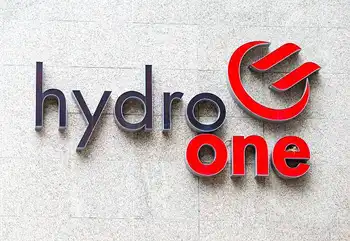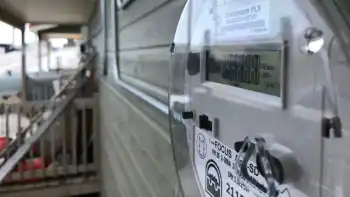Angola announces hydrokinetic power program with Privinvest
By Privinvest.
CSA Z463 Electrical Maintenance
Our customized live online or in‑person group training can be delivered to your staff at your location.

- Live Online
- 6 hours Instructor-led
- Group Training Available
As a result of the presidential order of June 3rd 2016, the MOU was signed within the context of the Republic of AngolaÂ’s 2025 Energy Security Plan, under which the Republic of Angola has stated its aim to achieve 9,000 Megawatts of production by 2025, with particular priorities for hydrokinetic power generation.
Privinvest, having entered this industry in 2012, is a leader in hydrokinetic power generation. Its affiliates, CMN and Hydroquest design and manufacture special turbines for use in both rivers and the sea.
Under the terms of the MOU, Empresa Publica de Producao de Electricidade "Prodel" and Privinvest have committed to the creation of a joint venture company in Angola. It will be initially charged with the manufacture and operation of hydrokinetic farms in Angola. The workload will be split between Angola and France.
Prodel has agreed to purchase all the electrical output of the venture in Angola. Operations are expected to commence with the commissioning of 3 test sites, which will have a combined anticipated production output of at least 12 Megawatts. The first site is expected to be online in 2017.
Palomar Capital Advisers, affiliated to Privinvest, is mandated by the Government of Angola to structure the project financing. This financing will be guaranteed by the Republic of Angola.
Commenting on this new venture His Excellency Joao Baptista Borges, Minister of Energy & Water, said:
"Angola is one of the world's greatest untapped potential sources of hydro power. Its abundant waterways will allow, with the introduction of accessible technologies, the development of low cost energy for the rural and remote areas of this vast country.
This agreement with Privinvest for the construction of hydrokinetic turbines and the establishment of hydro-energy fields, conforms with the Angolan GovernmentÂ’s strategy to provide access to energy tomore than 14 million people by the year 2025.
We place immense trust in this agreement as well as the capacityand experience of our partners to transform Angola into a global leader in the promotion of clean and affordable energy solutions."
Commenting on this new venture, Chairman of CMN, Pierre Balmer,said:
"We are delighted that CMNÂ’sproven manufacturing expertise will be leading on this exciting project. It is a technology that has the potential to revolutionise the energy supply market for Africa and beyond."
Mr Jean-Francois Simon, Chairman of Hydroquest, added:
"The world is crying out for clean energy and with this project the Republic of Angola and Privinvest will be using this ground breaking technology."
Mr Andrew Pearse, Chairman of Palomar Capital Advisors, commented:
"Palomar is pleased that it has been able to bring our proven expertise in structuring complex and innovative financing solutions to this exciting project in West Africa."











